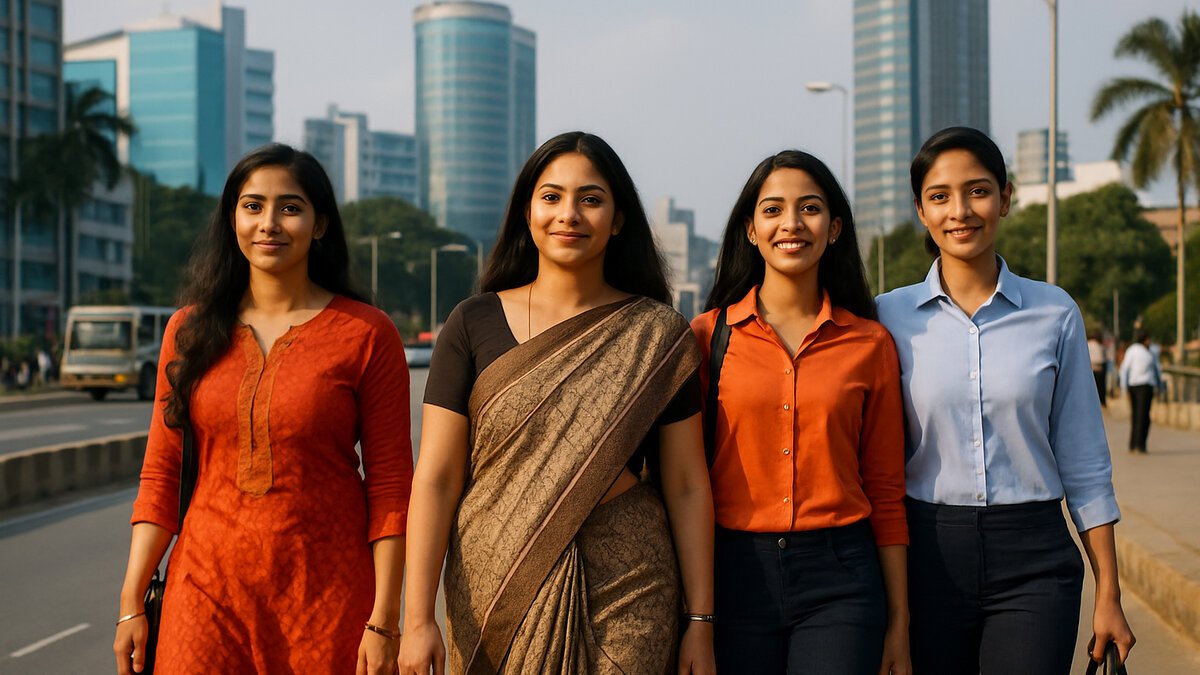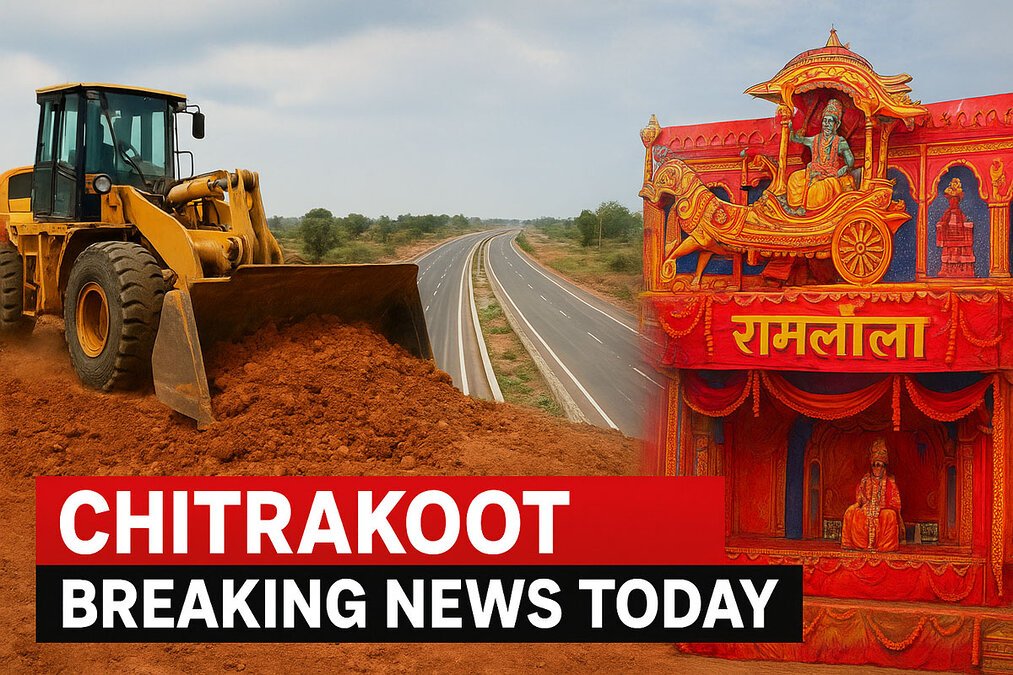South India better for women – this is not just a perception but a fact supported by data. In 2025, Southern states lead in women’s safety, education, and gender equality, offering lessons for the rest of India.
South India better for women is a truth increasingly acknowledged as India progresses towards gender equality. India is a nation of contrasts, especially when it comes to women’s rights and opportunities. While the country has made strides, women living in South India generally enjoy better safety, education, healthcare, and political representation compared to those in North India.
This article will explore why South India is better for women, analyzing cultural, social, educational, and infrastructural differences that make the southern states a more empowering place for women to live and thrive.
Cultural and Social Factors in South India Better for Women
One reason South India is better for women lies in its cultural and social fabric. South Indian states have historically nurtured more egalitarian traditions compared to the deeply patriarchal norms prevalent in many parts of North India.
- Matrilineal communities, especially in Kerala, empower women with property rights and decision-making authority.
- The cultural reverence for female deities such as Meenakshi, Durga, and Mariamman promotes respect for women in everyday life.
- Dowry customs are less aggressive and less socially entrenched.
- Families in the South more frequently encourage daughters to pursue education and careers, rather than early marriage.
These factors contribute to an environment where women can participate more freely in society.
Education and Literacy Rates
Education is a key area where South India better for women is clearly evident.
| State | Female Literacy Rate (%) | National Rank |
|---|---|---|
| Kerala | 95.21 | 1 |
| Tamil Nadu | 84.04 | 6 |
| Karnataka | 75.49 | 12 |
| Uttar Pradesh | 63.42 | 26 |
| Bihar | 60.52 | 29 |
Kerala and Tamil Nadu have robust public education systems with near-universal enrollment, especially for girls. These states show lower dropout rates and stronger infrastructure supporting female students.
Moreover, female participation in higher education and STEM fields is significantly higher in South India, laying a foundation for economic independence and empowerment.
Women’s Safety and Crime Statistics
Safety is a fundamental factor in why South India is better for women.
According to the National Crime Records Bureau (NCRB):
- North Indian states like Delhi, Uttar Pradesh, and Haryana report higher rates of crimes against women, including rape, domestic abuse, and dowry deaths.
- South Indian states such as Kerala, Tamil Nadu, and Karnataka have comparatively lower crime rates.
This can be attributed to:
- More effective law enforcement and faster judicial responses.
- Gender sensitization programs in educational institutions.
- Better civic infrastructure, including well-lit streets and safer public transport (e.g., women-only coaches in Bangalore and Chennai).

Ministry of Women and Child Development, India
The Ministry of Women and Child Development (MWCD) is the central government agency responsible for the formulation and implementation of policies and programs aimed at the empowerment, welfare, and development of women and children across India. The Ministry plays a vital role in promoting gender equality, protecting women’s rights, and enhancing child welfare through various schemes such as Beti Bachao Beti Padhao, Janani Suraksha Yojana, and women’s safety initiatives. For more detailed information and updates, visit the official Ministry of Women and Child Development website.
Political Representation and Leadership
South India better for women is also reflected in political empowerment:
- Andhra Pradesh and Kerala have instituted 50% reservations for women in local government bodies.
- South India has produced iconic female leaders like Jayalalithaa of Tamil Nadu and K.K. Shailaja of Kerala.
- Women’s participation in grassroots governance such as Panchayats is strong.
In contrast, many North Indian states lag behind in female political representation and leadership roles.
Healthcare and Social Welfare
Healthcare infrastructure in South India provides better outcomes for women, supporting why South India better for women is more than a slogan.
- Maternal Mortality Rates (MMR) are lowest in Kerala and Tamil Nadu.
- Government schemes like Amma Health Insurance and Janani Suraksha Yojana have been implemented more effectively.
- Menstrual hygiene awareness and rural healthcare outreach are more prevalent.
As a result, women enjoy higher life expectancy, better reproductive and mental health services, and lower infant and maternal mortality.
Urban Development and Livability
Cities in South India consistently rank higher on livability indexes due to safety and inclusivity:
- Bangalore, Chennai, Kochi, and Hyderabad offer better public spaces, women-friendly workplaces, and safer infrastructure.
- Support for women entrepreneurs through access to capital and training is stronger.
- Public transport improvements include women-only coaches and extensive CCTV surveillance.
North Indian cities often struggle with these factors, impacting women’s quality of life negatively.

Challenges Still Facing Women in South India
Despite many advantages, South India better for women does not mean an absence of challenges:
- Caste-based discrimination and honor killings persist in rural areas.
- Workplace harassment and gender pay gaps remain problems.
- Tribal and remote communities face unequal access to resources.
However, South Indian states tend to openly discuss and actively address these issues through governance and civil society involvement.
North India: What’s Holding Women Back?
Several systemic challenges hinder women’s progress in North India:
- Feudal patriarchy and the influence of khap panchayats restrict women’s freedoms.
- Law enforcement apathy and political interference often obstruct justice.
- Poor school infrastructure and safety concerns limit girls’ education.
- Economic dependency and low female labor participation are widespread.
Though change is underway, it is slower and less comprehensive than needed to ensure safety and equality.
The Way Forward
South India presents a promising model showing that gender equality is achievable. From better education and safety to political voice and healthcare access, the southern states provide lessons for the entire nation.
To move forward:
- Policymakers must improve infrastructure and law enforcement nationwide.
- Societal mindsets entrenched in patriarchy must be challenged.
- Education, employment, and healthcare access should be universal for all women, regardless of geography.
India’s future depends heavily on empowering its women — and South India better for women provides a hopeful path ahead.
AryaLekh (DoFollow) : Click Here
- When discussing women’s legal victories or justice, link to:
“The landmark श्वेता मेनन केस in the High Court provided significant relief to women fighting for their rights.” - When talking about social challenges affecting women or families, link to:
“Modern societal issues like broken families and emotional disconnect deeply impact women’s wellbeing, as discussed in our article on Alarming Modern Social Problems.” - While highlighting successful women role models, link to:
“Stories of resilience such as that of Honey Rose, a powerful actress known for her beauty, success, and legal bravery, inspire many.” - For global success and struggles faced by women in entertainment, link to:
“The journey of Elnaaz Norouzi from hardship to Bollywood stardom exemplifies female perseverance.”









